Mastering the Art of Enhancement: A Guide to Post-Processing Travel Photos with Precision and Elegance
Capturing the breathtaking landscapes, vibrant cultures, and memorable moments during your travels is a joy, but the magic doesn't end with the click of the shutter. Post-processing plays a pivotal role in bringing out the full potential of your travel photos. In this detailed blog, we'll delve into the art of post-processing, offering tips on how to enhance your images without falling into the trap of over-editing.
Start with Organization:
Why: An organized workflow sets the stage for efficient and effective post-processing.
How: Create a logical file structure, use keywords or tags, and consider using software like Adobe Lightroom to streamline your photo organization.
Understand Your Editing Software:
Why: A deep understanding of your editing tools allows you to make precise adjustments.
How: Invest time in learning the features of your preferred editing software. Whether it's Lightroom, Photoshop, or another tool, explore tutorials and practice various techniques.
Preserve the Original Essence:
Why: The goal is to enhance, not transform. Preserve the authentic feel of your travel photos.
How: Avoid extreme alterations that distort the natural colors or atmosphere. Aim for enhancements that bring out the best in the original scene.
Master the Basics First:
Why: Before delving into advanced techniques, master the fundamental adjustments.
How: Focus on basic adjustments like exposure, contrast, highlights, and shadows. Develop a solid foundation before exploring more intricate edits.
Balance Tone and Color:
Why: Achieving a harmonious balance between tones and colors is crucial for a visually pleasing image.
How: Use the white balance tool to correct color temperature. Adjust highlights and shadows to maintain a balanced distribution of tones.
Refine Composition:
Why: Post-processing allows for composition refinement, addressing any distractions or imbalances.
How: Crop selectively to improve the composition. Experiment with different aspect ratios to find the most compelling framing.
Enhance Details, Mindfully:
Why: Sharpening and enhancing details can add clarity, but it should be done judiciously.
How: Use the sharpening tool cautiously to avoid introducing artifacts. Consider localized adjustments for specific areas that benefit from increased detail.
Mind the Saturation Levels:
Why: Vibrant colors can enhance the visual impact, but excessive saturation can lead to an unnatural look.
How: Gradually adjust saturation levels. Focus on specific colors rather than applying a global saturation boost.
Embrace Gradual Adjustments:
Why: Gradual adjustments provide subtlety and control.
How: Utilize gradient filters or brushes for selective adjustments. This allows you to target specific areas without affecting the entire image.
Before-and-After Comparison:
Why: Regularly compare your edited version with the original to ensure you stay true to the essence of the scene.
How: Use the before-and-after view in your editing software to evaluate the impact of your adjustments. This helps you avoid unintentional overediting.
Take Breaks during Editing:
Why: Editing fatigue can lead to poor decisions and overediting.
How: Take breaks during your editing sessions. Step away, refresh your eyes, and return with a fresh perspective.
Seek Feedback:
Why: External perspectives can provide valuable insights and prevent overediting.
How: Share your edited images with fellow photographers or friends. Constructive feedback can help you refine your approach.
Crafting Art, Not Artifice
Post-processing is a tool to elevate your travel photos, not an opportunity to veer away from the authenticity of the moment. Strive for a balance that enhances the beauty of your images without sacrificing their true essence. By following these tips, you'll navigate the post-processing journey with confidence, producing captivating travel photos that resonate with the genuine spirit of your adventures.

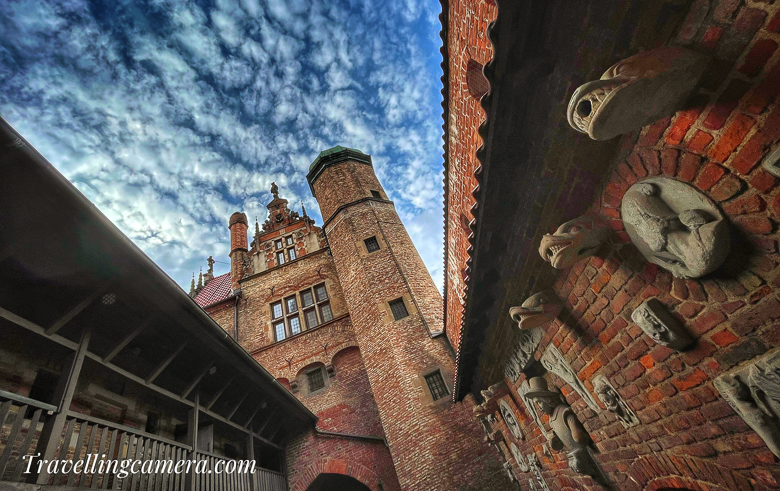

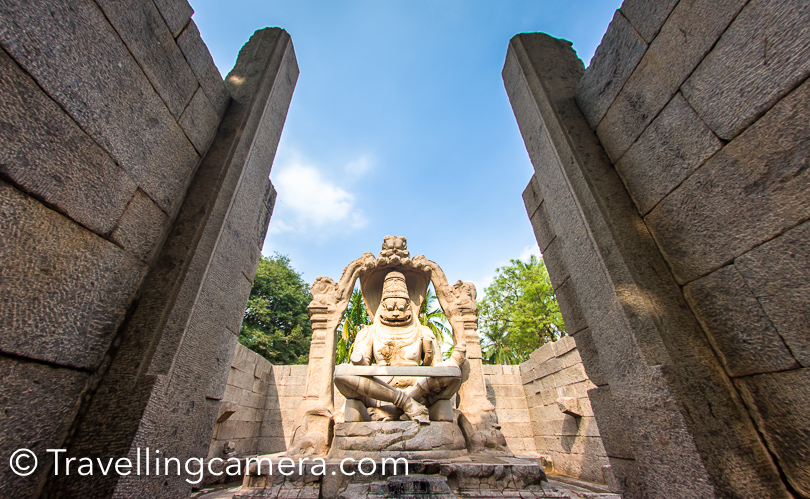

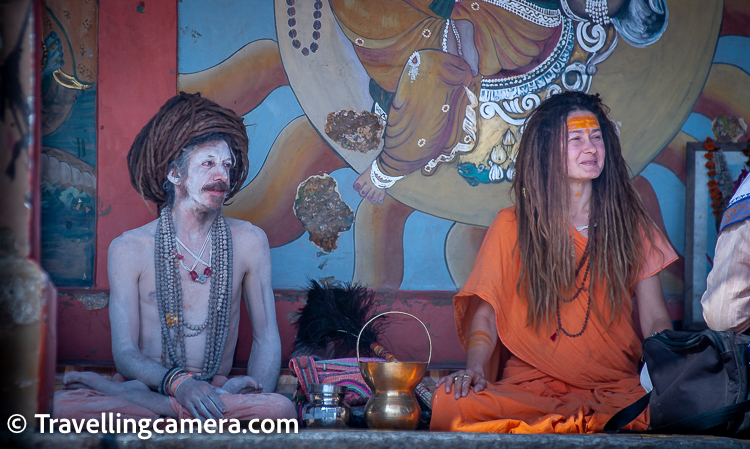
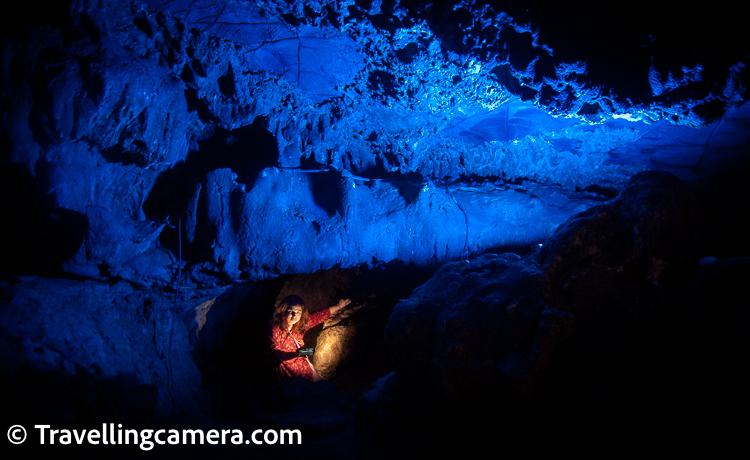

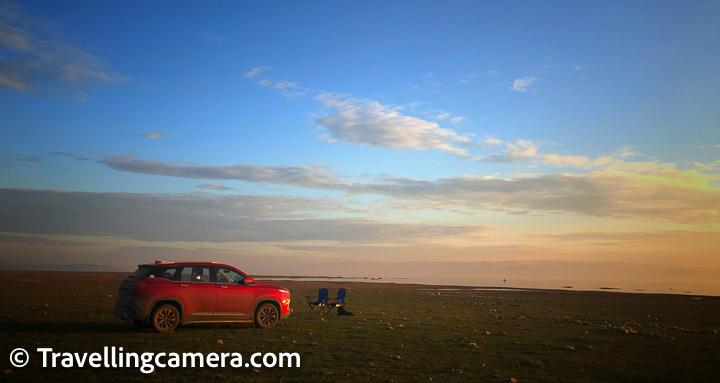
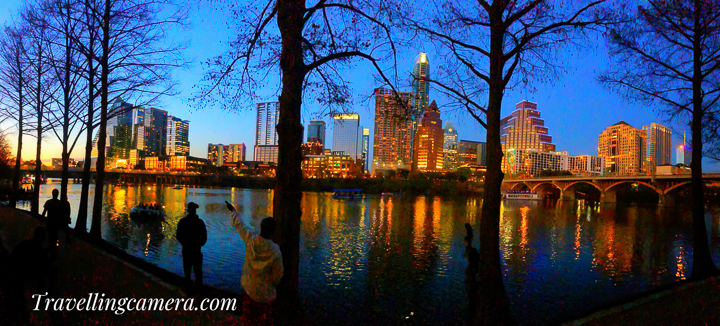


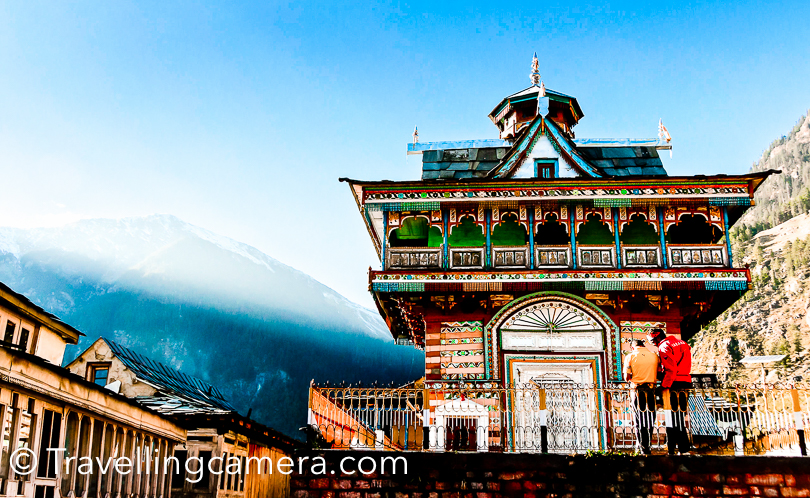
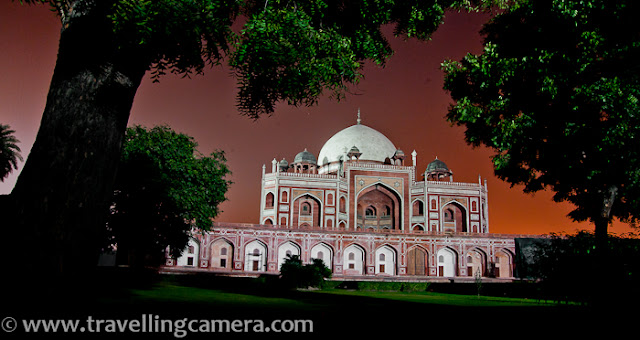
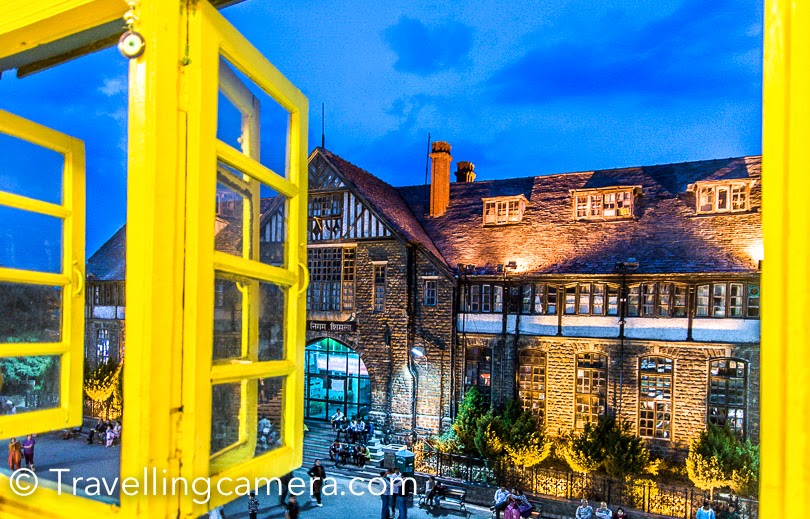

.jpg)
Comments